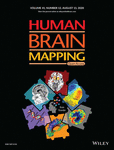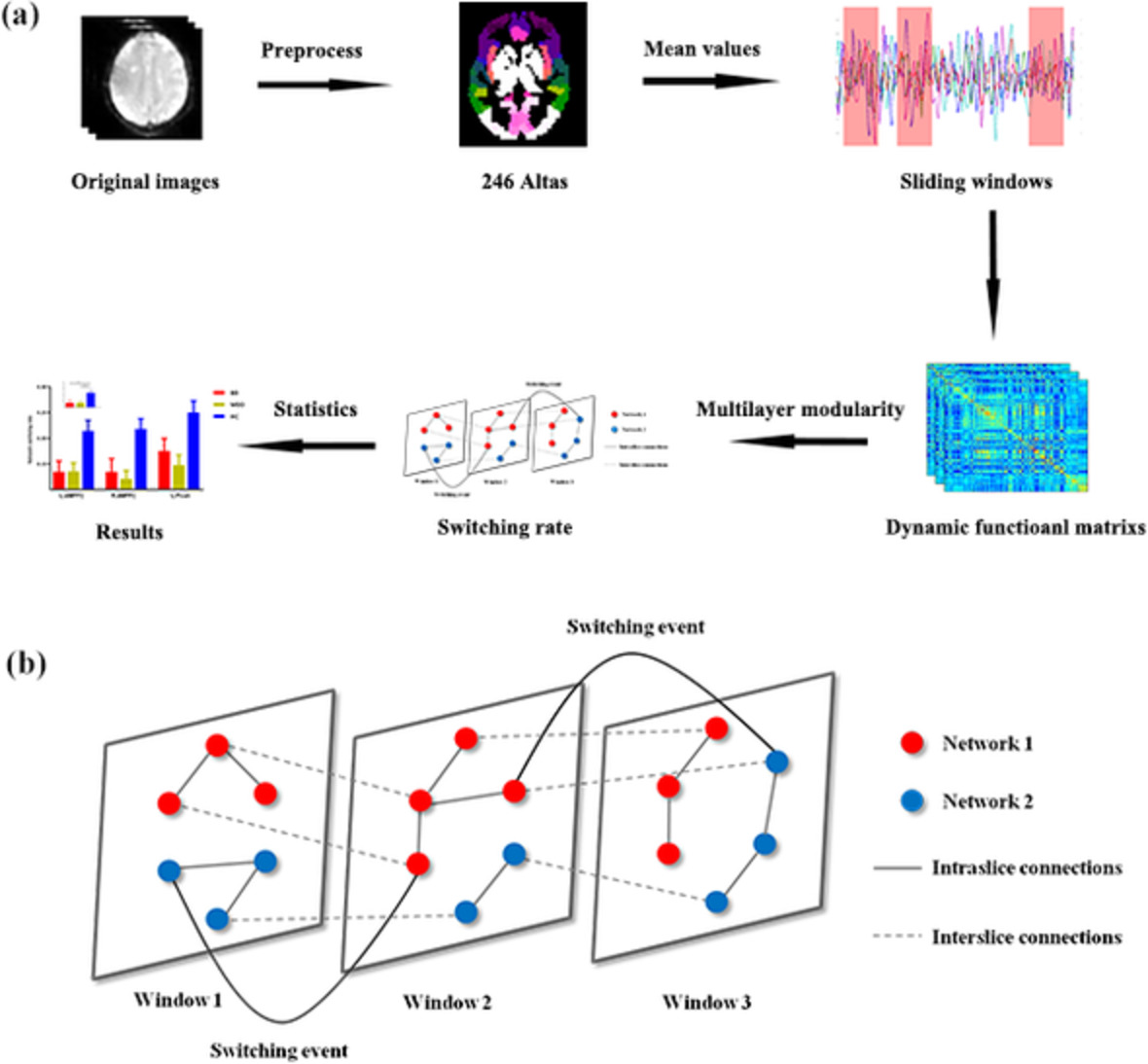Journal list menu
Export Citations
Download PDFs
COVER IMAGE
Cover Image
- Page: i
- First Published: 22 July 2020
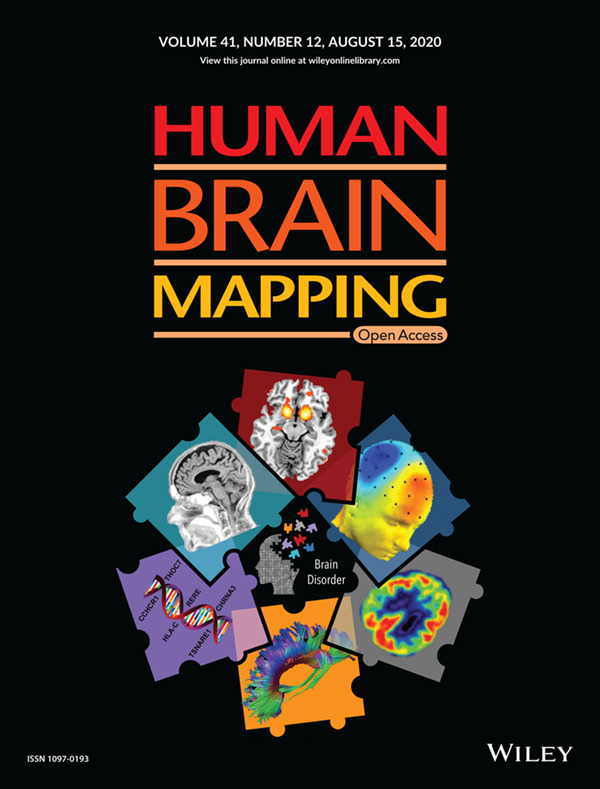
COVER ILLUSTRATION A predictome refers to the use of multivariate brain network features from one or more neuroimaging modalities to help solve the puzzle of brain disorders. To build a predictome, one incorporates multiple brain network-based features (either from the same modality or multiple modalities) into a predictive model to jointly estimate features that are unique to a disorder and are useful for individualized predictions.
ISSUE INFORMATION
RESEARCH ARTICLES
In vivo characterization of emerging white matter microstructure in the fetal brain in the third trimester
- Pages: 3177-3185
- First Published: 06 May 2020
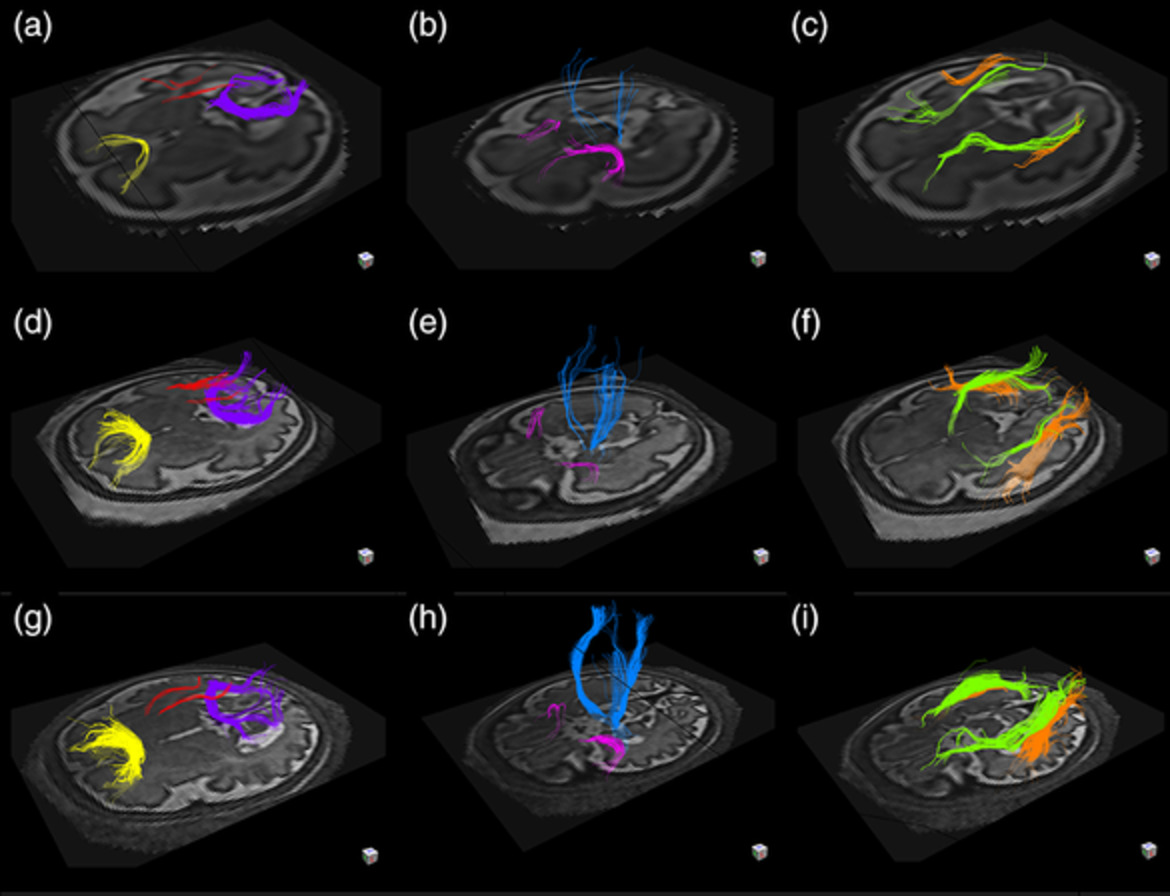
Using a recently developed motion-tracked slice-to-volume registration method, we aimed to quantify tract-specific developmental changes in apparent diffusion coefficient, fractional anisotropy, and volume in third trimester healthy fetuses. To this end, we reconstructed diffusion tensor images from motion corrected fetal diffusion magnetic resonance imaging data. Our results show a complex pattern and rates of tract-specific, gestational age-related microstructural changes of the developing white matter in human fetal brain.
Toward a “treadmill test” for cognition: Improved prediction of general cognitive ability from the task activated brain
- Pages: 3186-3197
- First Published: 04 May 2020
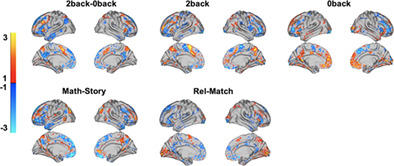
We investigated prediction of general cognitive ability (GCA) based on fMRI task activation patterns with 15 task contrasts in the Human Connectome Project dataset. The 2-back versus 0-back contrast achieved a 0.50 correlation with GCA scores in ten10-fold cross-validation analysis. Additionally, we found that task contrasts that produce greater fronto-parietal activation and default mode network deactivation—a brain activation pattern associated with executive processing and higher cognitive demand—are more effective in GCA prediction.
Changes in white matter fiber density and morphology across the adult lifespan: A cross-sectional fixel-based analysis
- Pages: 3198-3211
- First Published: 18 April 2020
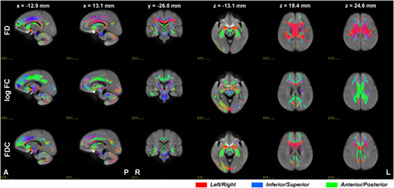
In this study, we investigated age-related changes in white matter fiber density (FD) and morphology (fiber cross section [FC]) across the adult lifespan. Our results showed significant and widespread age-related alterations in FD and FC across the whole brain. The observed changes were nonuniform across white matter with some fibers exhibiting higher vulnerability than the others.
Metastable neural dynamics underlies cognitive performance across multiple behavioural paradigms
- Pages: 3212-3234
- First Published: 17 April 2020
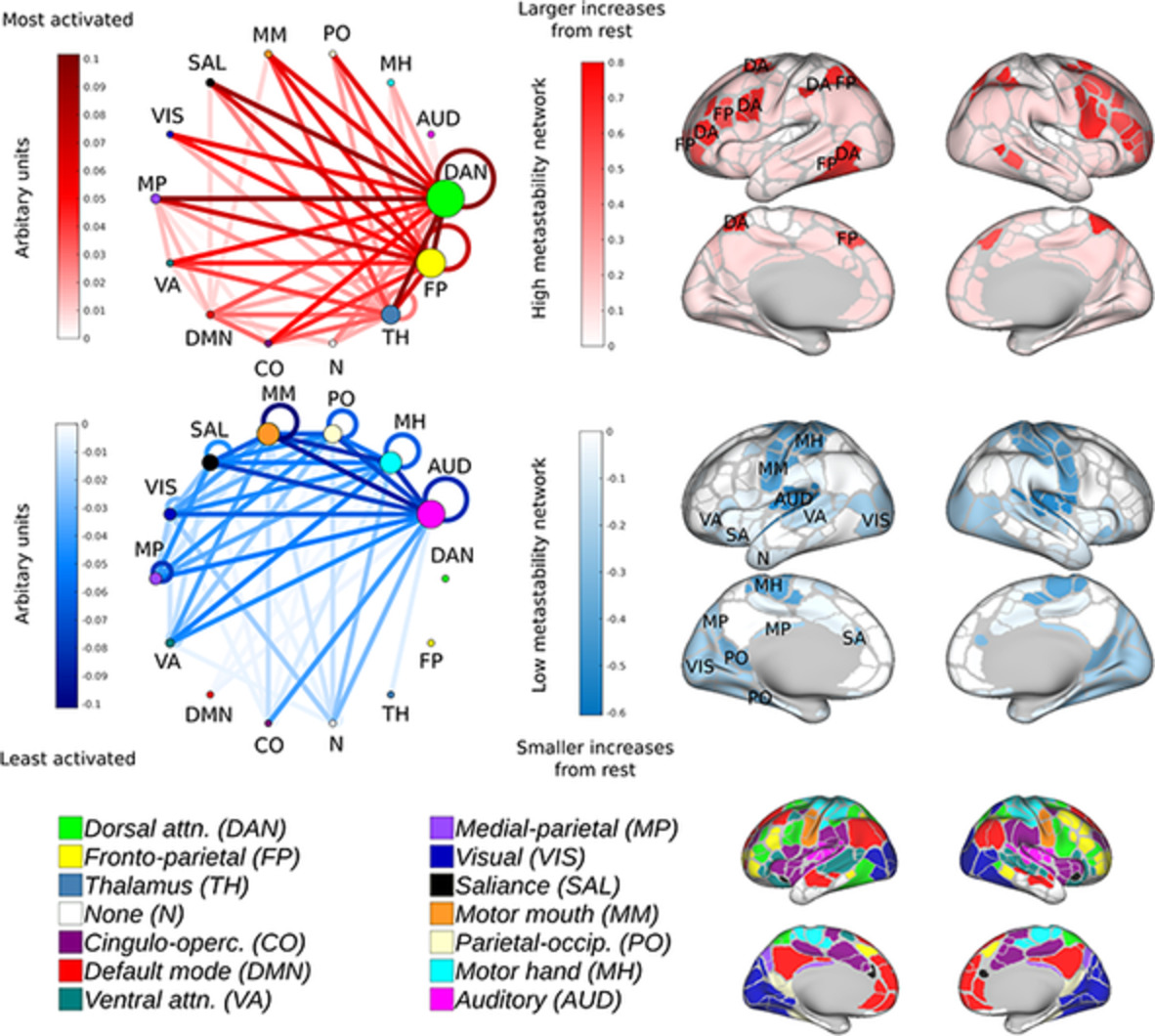
- Although metastability between resting state networks increased during task, cognitive performance was more closely linked to the intrinsic or spontaneous metastability of network interactions.
- High resting state metastability in cognitive control networks was linked to novel problem solving or fluid intelligence, but was less important in tasks relying on previous experience or crystallized intelligence.
- Subjects with resting state architectures similar or 'pre-configured' to a task-general configuration demonstrated superior cognitive performance linked to efficient switching of network states.
From a deep learning model back to the brain—Identifying regional predictors and their relation to aging
- Pages: 3235-3252
- First Published: 22 April 2020
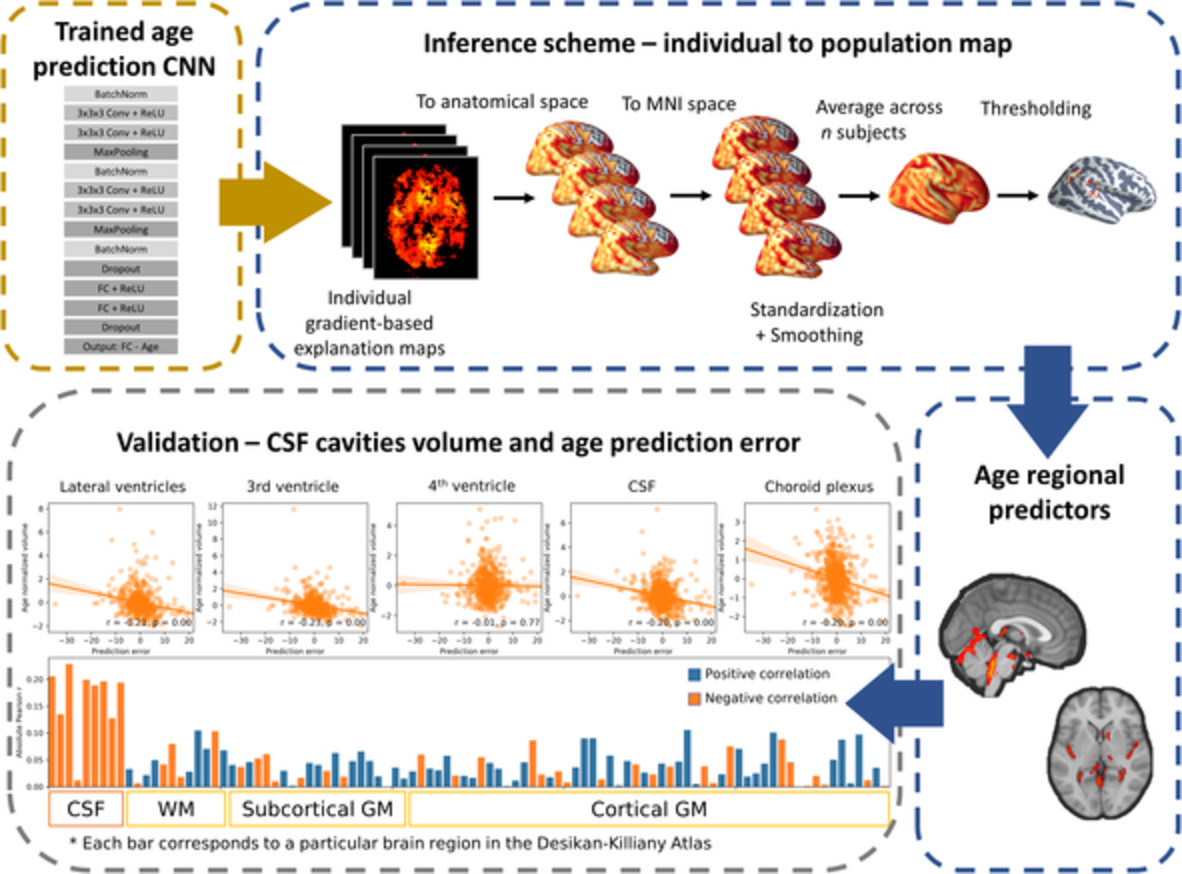
The current work has two main contributions, a CNN ensemble shown to estimate “brain age” from structural MRI with a mean absolute error of ~3.1 years, and a novel scheme highlightighting brain regions contributing to the age prediction. This scheme results in explanation maps showing consistency with the literature, and as sample size increases, these maps show higher inter-sample replicability. Cerebrospinal fluid cavities, possibly reflecting general atrophy, were found as a prominent aging biomarker.
The large-scale structural connectome of task-specific focal dystonia
- Pages: 3253-3265
- First Published: 20 April 2020
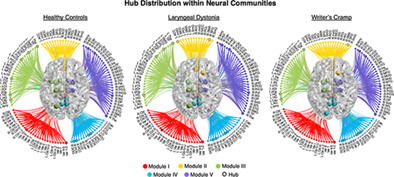
The study by Hanekamp and Simonyan defined the large-scale structural connectome of task-specific focal dystonia. It delineated global and nodal alterations that both unify and distinguish between different clinical forms of this disorder. These findings are significant for understanding the pathophysiology of task-specific focal dystonia and the potential development of novel approaches for therapeutic neuromodulation in these patients.
Functional differentiation in the human ventromedial frontal lobe: A data-driven parcellation
- Pages: 3266-3283
- First Published: 21 April 2020
Masking effects on subjective annoyance to aircraft flyover noise: An fMRI study
- Pages: 3284-3294
- First Published: 07 May 2020
Resting state functional network switching rate is differently altered in bipolar disorder and major depressive disorder
- Pages: 3295-3304
- First Published: 13 May 2020
Partitioning heritability analyses unveil the genetic architecture of human brain multidimensional functional connectivity patterns
- Pages: 3305-3317
- First Published: 24 April 2020
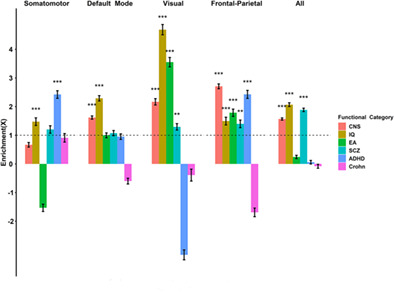
Using a unique sample of 1,704 unrelated, young and healthy Chinese Han individuals, we revealed a significant heritability of functional connectivity patterns in the whole brain and several subnetworks. We further proposed a partitioned heritability analysis for multidimensional functional connectivity patterns, which revealed the common and unique enrichment patterns of the genetic contributions to brain connectivity patterns for several gene sets linked to brain functions.
Dark control: The default mode network as a reinforcement learning agent
- Pages: 3318-3341
- First Published: 05 June 2020
Predicting individual improvement in schizophrenia symptom severity at 1-year follow-up: Comparison of connectomic, structural, and clinical predictors
- Pages: 3342-3357
- First Published: 29 May 2020
Amygdala subnuclei volume in bipolar spectrum disorders: Insights from diffusion-based subsegmentation and a high-risk design
- Pages: 3358-3369
- First Published: 09 May 2020
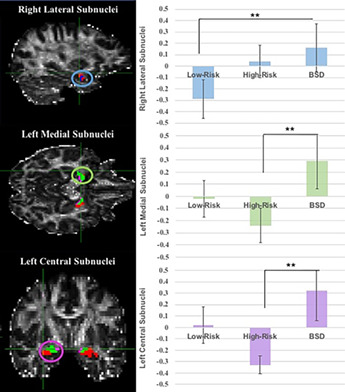
Amygdala volume abnormalities may be a feature of BSD, as opposed to reflecting a pre-existent marker of risk. Amygdala subnuclei volume increased our sensitivity to detect differences between BSD and High-Risk groups that were not observable at the whole volume level; the BSD group had larger left medial and central subnuclei volumes than the High-Risk group and a larger right lateral subnucleus than the Low-Risk group. In the BSD group, amygdala subnuclei volumes related to clinical metrics of severity, including time since first BSD episode and the number of lifetime hypo/manic episodes
Impaired orthostatic heart rate recovery is associated with smaller thalamic volume: Results from The Irish Longitudinal Study on Aging (TILDA)
- Pages: 3370-3378
- First Published: 30 April 2020
Grab-AD: Generalizability and reproducibility of altered brain activity and diagnostic classification in Alzheimer's Disease
- Pages: 3379-3391
- First Published: 04 May 2020
Childhood socio-economic disadvantage predicts reduced myelin growth across adolescence and young adulthood
- Pages: 3392-3402
- First Published: 20 May 2020
Mapping the artistic brain: Common and distinct neural activations associated with musical, drawing, and literary creativity
- Pages: 3403-3419
- First Published: 30 May 2020
A response-locking protocol to boost sensitivity for fMRI-based neurochronometry
- Pages: 3420-3438
- First Published: 09 May 2020
REVIEW ARTICLES
Quality and denoising in real-time functional magnetic resonance imaging neurofeedback: A methods review
- Pages: 3439-3467
- First Published: 25 April 2020
Towards a brain-based predictome of mental illness
- Pages: 3468-3535
- First Published: 06 May 2020




